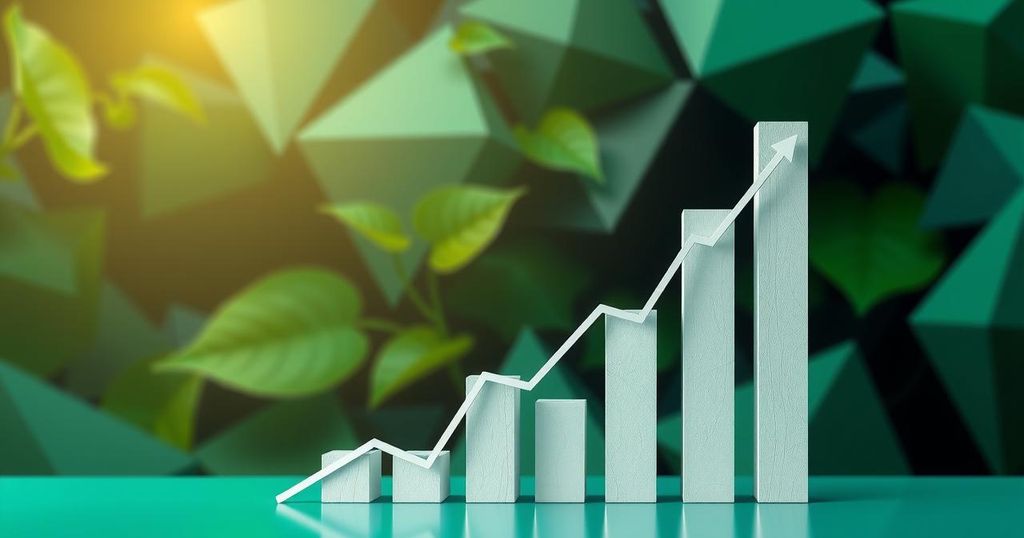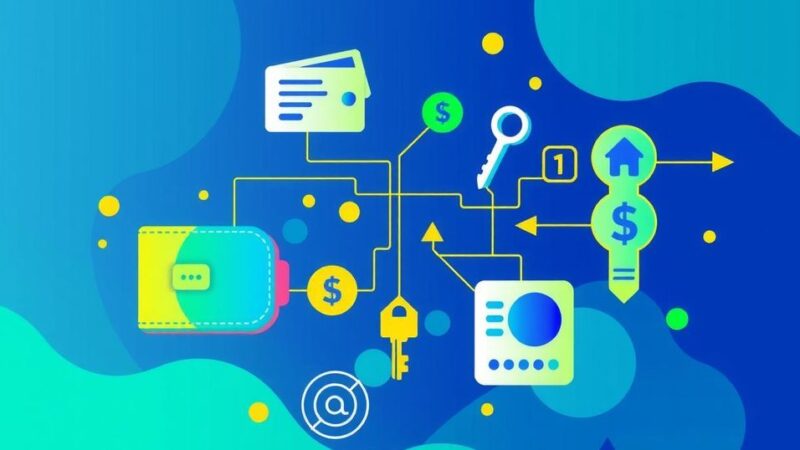Brazil’s January economic activity surged by 0.9%, surpassing forecasts, as indicated by the IBC-Br index. Economists expect strong GDP growth driven by agriculture, yet future restrictive borrowing costs could impede credit and activity. The central bank is set to raise rates, and markets await indications on upcoming policy shifts.
Brazil’s economic activity recorded a surprising growth above expectations in January. Data from the central bank indicates that the IBC-Br index, which acts as a leading indicator for gross domestic product (GDP), increased by 0.9% in seasonally adjusted terms from December. This growth surpassed forecasts, with a median estimate of only 0.22% and a maximum prediction of 0.60%.
In terms of non-seasonally adjusted figures, the IBC-Br index— which factors in agricultural, industrial, and service outputs as well as tax data—expanded by 3.6% compared to January 2024 and increased by 3.8% over the preceding 12 months. Rafael Perez, an economist at Suno Research, stated, “This IBC-Br data indicates that Brazil’s GDP is likely to post strong growth in the first quarter of 2025, driven by a record grain crop, particularly soybeans.”
However, analysts predict that the effects of stringent borrowing costs will begin to limit credit availability and economic growth from the second quarter onward. The central bank initiated a cycle of tightening in September, raising its benchmark interest rate by a total of 275 basis points to 13.25% to mitigate inflation, which continues to be influenced by a robust economy and a strong labor market.
As a result, central bank policymakers are anticipating a potential increase of 100 basis points at the upcoming policy meeting on Wednesday. Markets are closely observing for cues from the central bank about future policy adjustments. Despite the release of fourth-quarter GDP data that was below expectations, the central bank’s economic policy director noted that it is premature to identify a definite trend of declining economic activity, highlighting the presence of “mixed data” so far this year, with some indicators showing strength.
In conclusion, Brazil’s economic activity in January has indicated stronger-than-expected growth, benefiting from favorable conditions in agriculture. However, challenges may arise from increased borrowing costs as the year progresses. With the central bank poised for potential interest rate hikes, monitoring future policy signals will be crucial for understanding economic trends.
Original Source: www.tradingview.com






